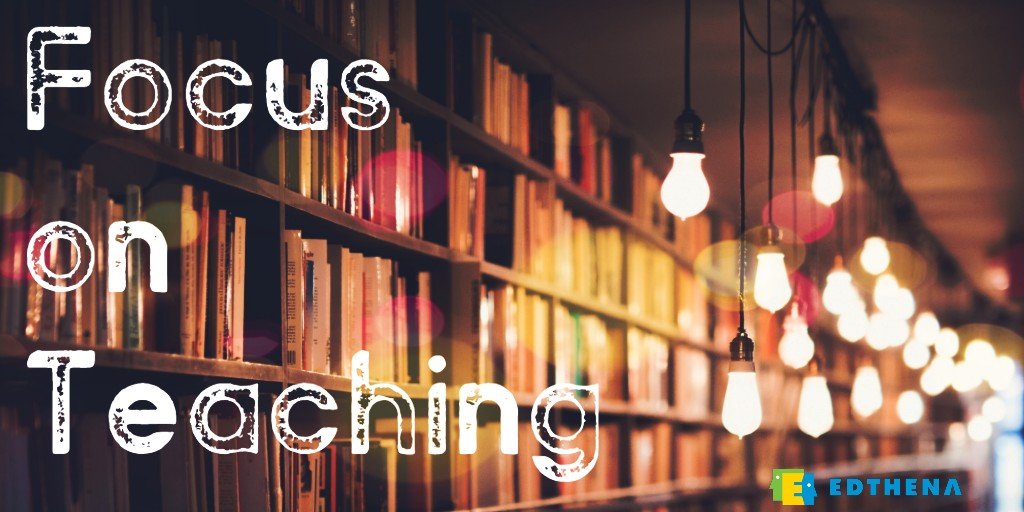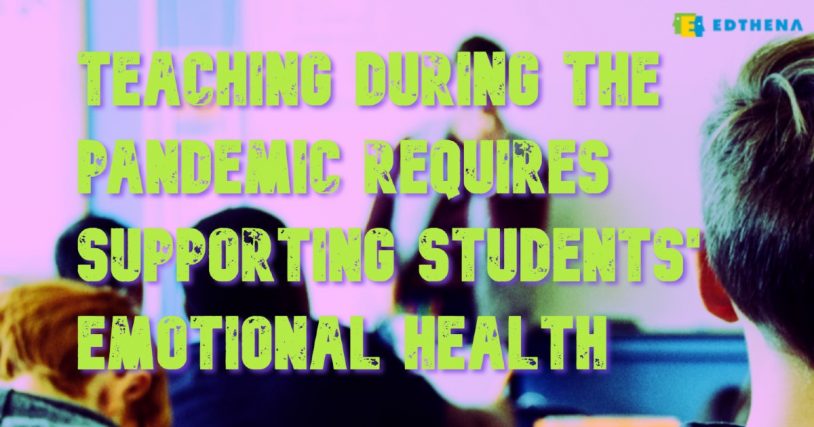3 Fresh Ideas for Social-Emotional Learning During Covid-19

-
When instruction begins in the fall, successful districts will focus on social-emotional learning (SEL) to allow students and staff to process emotions they experienced during the pandemic.
-
With stricter in-person guidelines and increased virtual learning expectations, teachers will need to ensure that students are adapting to the new rigors of the classroom.
-
Teachers must provide student opportunities to discuss and acknowledge their experiences during the pandemic in order to properly move forward.
-
Successful educators will focus on praising students for their resilience and flexibility that they have displayed over the school year.
As schools reopen in the fall, educators should also focus their efforts on student social-emotional learning (SEL), rather than limiting their focus on making up for learning loss. It is incontrovertible that many students are behind where they would have been had the year continued uninterrupted. However, districts that solely focus on catching students back up instead of allowing them to acknowledge the difficulties that this pandemic has brought, will only further the learning loss.
Shanna Sloyer-Martin, a school guidance counselor and mother of three, writes that SEL is as important as ever in her piece titled, Social-Emotional Learning is the Elephant in the Room: Three Challenges to Consider. The article was a part of the Finding Common Ground Blog Series on Education Week.
Shanna details how important it is for educators to “not ignore or minimize” their student’s mental health. Yet, as overall acumen around virtual learning has heightened, there will be higher expectations and standards for students to follow in both the new in-person and virtual classroom.

Increasing classroom standards and rigors for online learners
The in-person classroom will look considerably different than it was when school started a year ago. For those students who will attend a school in person, they will be asked to wear a mask, social distance, and stay in their classroom for the majority of the day.
In Shanna’s article, she confirms that educators should recognize that these details will be challenging for students. As students are inundated with extra burdens, educators must understand that their students are not immune to stress. Here are some challenges that should be examined to assure that students’ mental health is being acknowledged.
Providing targeted grief and loss counseling can support social-emotional learning
Shanna believes that grief counseling should be included in the SEL curriculum this year. Although we typically think of grief as the feeling that comes from the loss of a loved one, Shanna brings up the point that students are actually feeling the loss that comes with a lack of closure to their school year.
Students have missed out on important milestones that come from the culmination of a school year. They will also experience feelings of loss around what the new school year will be like. In order to move forward and accept the new reality of how school will feel, educators must accept that students will be feeling this grief for what once was.
Praising students for their resilience and flexibility
Shanna also discusses the need for positive reinforcement around students’ resilience and flexibility as part of the SEL curriculum. The ability to adapt to what life throws at you is ultimately a skill that we want our students to have in adulthood. Thus, discussing resilience and adaptability with them will teach them how to cope with what is currently happening and also give them a skill they can use later in life.
Reminding students that they are a member of a community
Even if students do not initially begin the school year in a live classroom, they still need to be reminded that they are part of a larger community. Sitting in front of a computer screen can lead to a feeling of isolation. In her article, Shanna is vehement about the idea that students need to feel connected to a broader community.
Educators will need to foster this idea by encouraging interactions between students outside of the classroom, even if that is in a virtual capacity. Other ideas that Shanna suggests are creating mentoring programs between older and younger students, enlisting students with pen pales from other schools, and most importantly, maintaining school traditions when possible.
An example of this would be playing the school fight song at the start of the class day or wearing school or class colors. Every member of the school will need to feel that they still are a part of a larger community that is in their corner.
Overall, schools that focus too quickly on remediation versus social-emotional learning will see that their students will continue to experience learning loss. Educators must acknowledge the hardships that their students have faced before allowing them to move on. Making students feel safe and comfortable will be a priority for districts. To do so, educators will need to positively reinforce the concepts of resilience and flexibility.
Ultimately, the spotlight on SEL may lead to a feeling of a slower start than in a typical school year. However, by building these positive routines early, students will be able to transition easier into a school year that will be like none other before it.
Like what you’re reading? Check out a recent article in this series about how COVID-19 has impacted students’ mental health.
